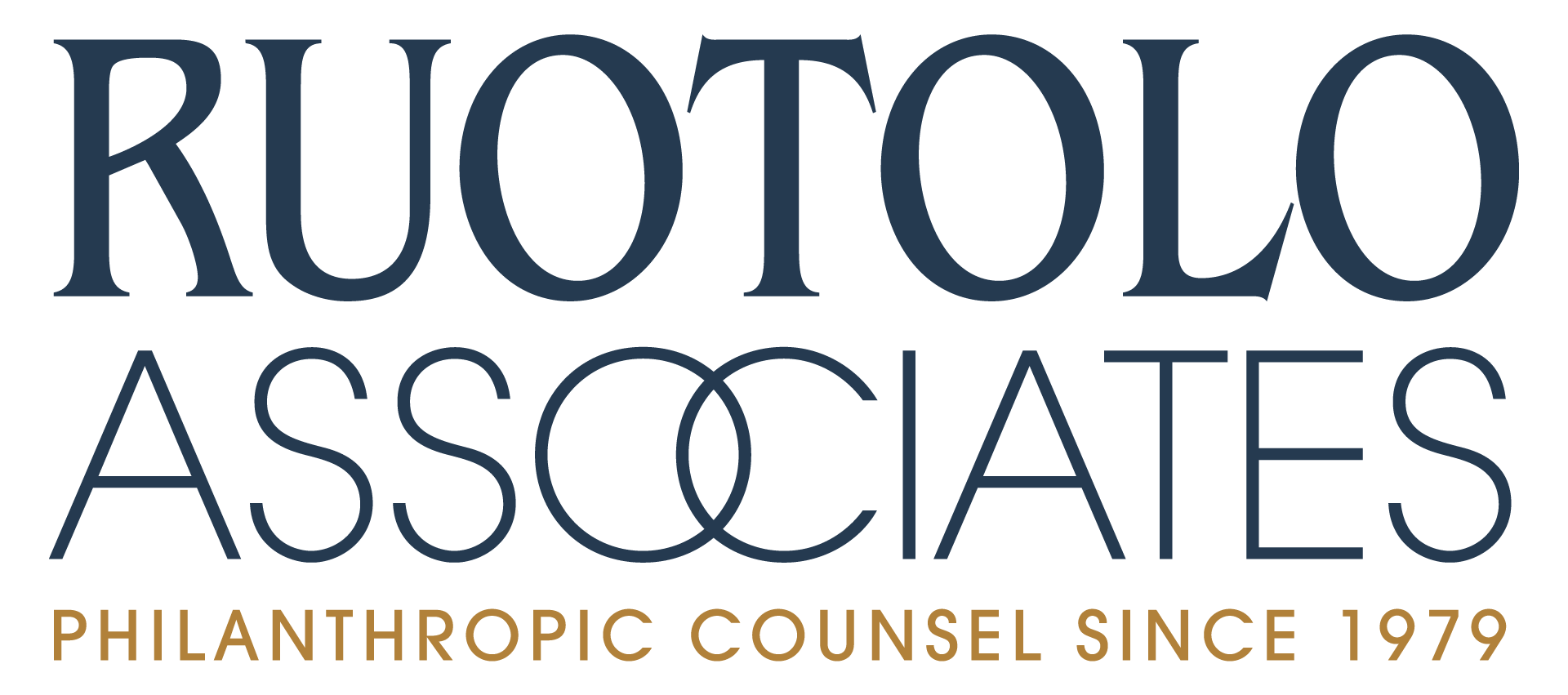By Theresa A. Shubeck, Executive Vice President
“Old School” has moved from quaint to cool. Home cooking and board games became prevalent family pandemic favorites; HGTV do-it-yourself and design shows reinvigorated “home economics.” For fundraisers, travel and visiting restrictions prompted creatively connecting with prospects and donors: maximizing the virtual world of Zoom, crafting detailed e-mail missives, and even taking pen to paper for hand notes.
All of this circles back to the basics of relationships, our innate need to connect with one other, and the persistent desire to leave one’s mark on the world. Reflecting on “old school” and enduring principles, I pulled out a CASE Currents article I had written years ago when I was Director of Annual Giving at Drew University. It is entitled, “For Donors Who have Everything;” and its “old school” principles remain relevant. I recall writing it shortly after attending a presentation by David Dunlop of Cornell University, who developed the phrase “moves management,” his method for creating and mapping prospect strategies.
As I reread my article, my eye was drawn to the following: “No matter how novel your approach to thanking donors, you can’t do the job alone – or often enough. Expressing your gratitude should be a team effort.” I propose that the expression of gratitude, described in the article’s excerpt below, remains central to major gifts cultivation:
Some say lavish gifts call for lavish thanks. But most major donors don’t really need another shiny plaque or formal dinner. Development officers need to be imaginative and less materialistic in expressing their institutions’ thanks.
You’ve probably heard the old fund-raising adage, “Thank you is the first step to the next gift.” If you put that saying to the test… remember that creativity and sincerity must go hand in hand.
By getting to know donors, you’ll also get to know the best ways to show your appreciation. If you can manage to learn what really matters to them, you’ll prove that your institution cares about individuals, not just gifts.
One way to do this is by listening – perhaps the sincerest form of flattery. When you talk with a donor, concentrate on drawing out details about career, family, and special interests.
I recalled one particular case, where we thanked a donor, who had made multi-million-dollar gift, by planting a red maple tree amid a campus forest of oaks:
At the private dedication ceremony, the gesture evoked the donor’s boyhood memories – images of his family farm covered with sugar maples and of the pine saplings he had planted along his parents’ long driveway.
The choice of a red maple and small commemorative play was strategic; its location beside the campus’s historic administration building was intentional – highly visible to both students and alumni; the small dedication gathering with the president suited the donor’s desire for privacy.
Dedicating a tree seems like a modest gesture, especially given the size of the donor’s gift. But it symbolized a perpetual partnership while making the donor feel as if a little bit of campus was his.
Is “old school” gratitude quaint? I propose if it is sincere, specific, and intentional, then it is fundamental, fulfilling and effective, for the donor, the institution – and the fundraiser!


